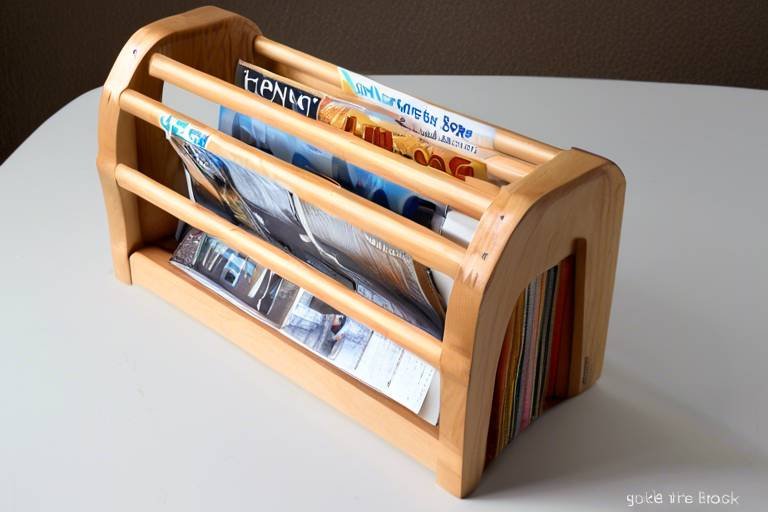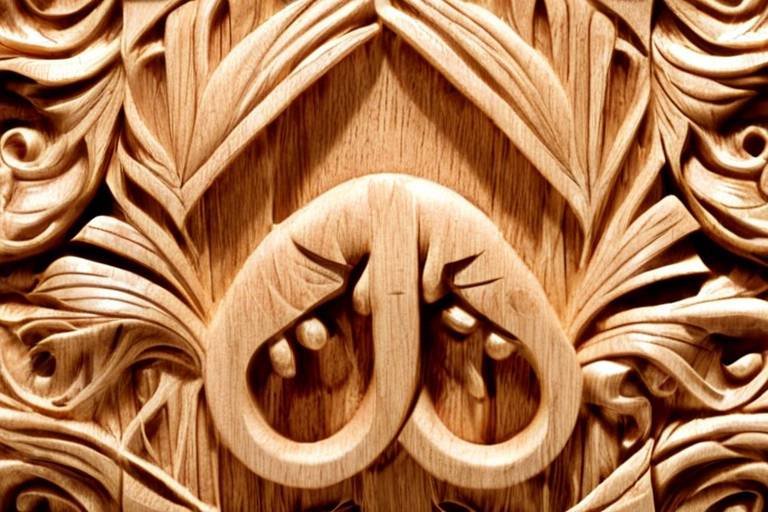Build a Stunning Wooden Kitchen Countertop: DIY Instructions
Are you dreaming of a kitchen that radiates warmth and elegance? A wooden kitchen countertop can be the centerpiece that transforms your culinary space into a haven of style and functionality. In this article, we will provide a comprehensive guide for creating a beautiful wooden kitchen countertop, covering essential materials, tools, and step-by-step instructions to achieve a professional finish at home. Whether you're a seasoned DIYer or a novice looking to embark on your first project, we've got you covered!
When it comes to building a wooden kitchen countertop, the type of wood you choose is crucial. Not only does it affect the durability of your countertop, but it also plays a significant role in the aesthetics of your kitchen. Popular options include oak, maple, and walnut, each with its unique characteristics:
- Oak: Known for its strength and durability, oak offers a beautiful grain pattern and can withstand heavy use.
- Maple: This wood is lighter in color and has a fine, consistent grain, making it an excellent choice for a modern kitchen.
- Walnut: With its rich, dark tones, walnut adds a touch of luxury and sophistication to any kitchen.
Choosing the right wood not only enhances the beauty of your countertop but also ensures it stands the test of time. So, take your time to explore these options and select the one that resonates with your style!
Before diving into your project, it's essential to gather all the necessary tools and materials. Having everything on hand will ensure a smooth DIY experience. Here’s a list of what you’ll need:
- Wood boards (your choice of species)
- Table saw or circular saw
- Measuring tape
- Wood glue
- Clamps
- Sandpaper (various grits)
- Wood finish or sealant
Each tool plays a critical role in the construction process, so make sure to familiarize yourself with them before you start. A well-prepared DIYer is a successful DIYer!
Proper measurements and planning are vital for a successful countertop. Begin by measuring your kitchen space accurately. Use a measuring tape to determine the length and width of the area where your countertop will sit. Remember, it’s better to measure twice and cut once! Create a detailed plan that outlines the dimensions of your countertop, taking into account any appliances or fixtures that may affect its size.
Once you have your measurements, it's time to draft a cutting list. This list should include all the pieces you need to cut based on your measurements. A well-organized cutting list will streamline the process and ensure you have all pieces ready for assembly. Here’s an example of what your cutting list might look like:
| Piece | Dimensions (inches) | Quantity |
|---|---|---|
| Main Countertop | 72 x 25 | 1 |
| Side Panels | 25 x 4 | 2 |
Safety should always be a priority in DIY projects. As you work with tools and materials, keep the following precautions in mind:
- Always wear safety goggles when cutting wood.
- Use gloves to protect your hands from splinters.
- Ensure your workspace is clean and free from hazards.
Taking these precautions will help you avoid accidents and enjoy your woodworking experience to the fullest!
Assembling your countertop requires careful techniques to ensure stability and aesthetics. Start by laying out your wood pieces according to your cutting list. Use wood glue to join the edges of the boards, then clamp them together to secure the bond. Once the glue has dried, you can sand the surface to achieve a smooth finish. Consider using dowels or biscuits for added strength at the joints. The goal here is to create a seamless look that not only enhances the beauty of your countertop but also ensures it can withstand daily use.
The finishing process is what truly enhances the beauty and longevity of your countertop. There are various finishes, stains, and sealants available, each offering different levels of protection and aesthetics. For a natural look, consider using a clear polyurethane finish, while a rich stain can bring out the wood's grain and add character. Remember to apply multiple coats for durability, allowing each coat to dry thoroughly before adding the next.
Once your stunning countertop is complete, maintaining it is essential for its longevity. Here are some practical tips:
- Clean spills immediately to prevent staining.
- Use a cutting board to protect the surface from scratches.
- Reapply wood finish every year to keep it looking fresh.
With proper care, your wooden countertop will remain a beautiful centerpiece in your kitchen for years to come!
Even seasoned DIYers can make mistakes. Here are some common pitfalls to steer clear of:
- Not measuring accurately, leading to ill-fitting pieces.
- Rushing the drying time of glue or finishes.
- Neglecting to sand properly before finishing.
Avoiding these mistakes can save you time and resources, ensuring a successful project that you can be proud of!
Q: How thick should my wooden countertop be?
A: A thickness of 1.5 to 2 inches is standard for durability and aesthetics.
Q: Can I use any type of wood for a kitchen countertop?
A: While you can use various woods, it’s best to choose hardwoods that are resistant to moisture and wear.
Q: How do I remove scratches from my wooden countertop?
A: Light scratches can often be sanded out, while deeper ones may require a wood filler or stain touch-up.

Choosing the Right Wood
When it comes to building a stunning wooden kitchen countertop, is absolutely essential. Not only does the type of wood you select influence the overall aesthetic of your kitchen, but it also plays a significant role in the durability and longevity of your countertop. Imagine investing time and effort into crafting a beautiful countertop, only to have it warp or scratch easily! To avoid such disappointments, let’s explore some of the best wood options available for kitchen countertops, along with their unique characteristics and benefits.
First up, we have maple. This hardwood is a favorite among many DIY enthusiasts due to its light color and fine grain, which gives it a clean and modern look. Maple is incredibly durable and resistant to wear, making it an excellent choice for a kitchen countertop that will see a lot of action. Plus, it takes stains and finishes beautifully, allowing you to customize its appearance to match your kitchen decor.
Next on the list is walnut. If you’re looking for something a bit more luxurious, walnut might just be your wood of choice. Its rich, dark tones and striking grain patterns can add a touch of elegance to any kitchen. However, keep in mind that walnut is softer than maple, so while it can be stunning, it may require a bit more care to prevent scratches and dents.
Another fantastic option is oak. Oak is known for its strength and durability, making it a reliable choice for kitchen countertops. It comes in two varieties: red and white oak. Red oak has a more pronounced grain and is slightly less expensive, while white oak offers a more subtle look and is often more resistant to moisture. Both types of oak can be stained to achieve different finishes, allowing for versatility in design.
If you’re after something unique, consider bamboo. While not a traditional wood, bamboo is an eco-friendly alternative that has gained popularity in recent years. It’s incredibly strong and resistant to water, making it a practical choice for a kitchen environment. Plus, its distinctive look can add an exotic flair to your space.
When selecting wood, you should also consider the environmental impact. Sustainable sourcing is becoming increasingly important, so look for woods that are certified by organizations such as the Forest Stewardship Council (FSC). This ensures that your beautiful countertop is not only a stunning addition to your kitchen but also a responsible choice for the planet.
To help you make your decision, here’s a quick comparison of the woods mentioned above:
| Type of Wood | Durability | Appearance | Maintenance |
|---|---|---|---|
| Maple | High | Light, fine grain | Moderate |
| Walnut | Moderate | Dark, rich tones | High |
| Oak | High | Varies (red or white) | Moderate |
| Bamboo | High | Unique, exotic | Low |
In conclusion, the right wood can transform your kitchen countertop from a simple surface into a stunning centerpiece. Whether you opt for the classic appeal of maple, the luxurious charm of walnut, the sturdy reliability of oak, or the eco-friendly allure of bamboo, each choice has its unique benefits. So take your time, weigh your options, and choose wisely, because a beautiful wooden countertop is not just a functional space; it’s a reflection of your personal style and commitment to quality.
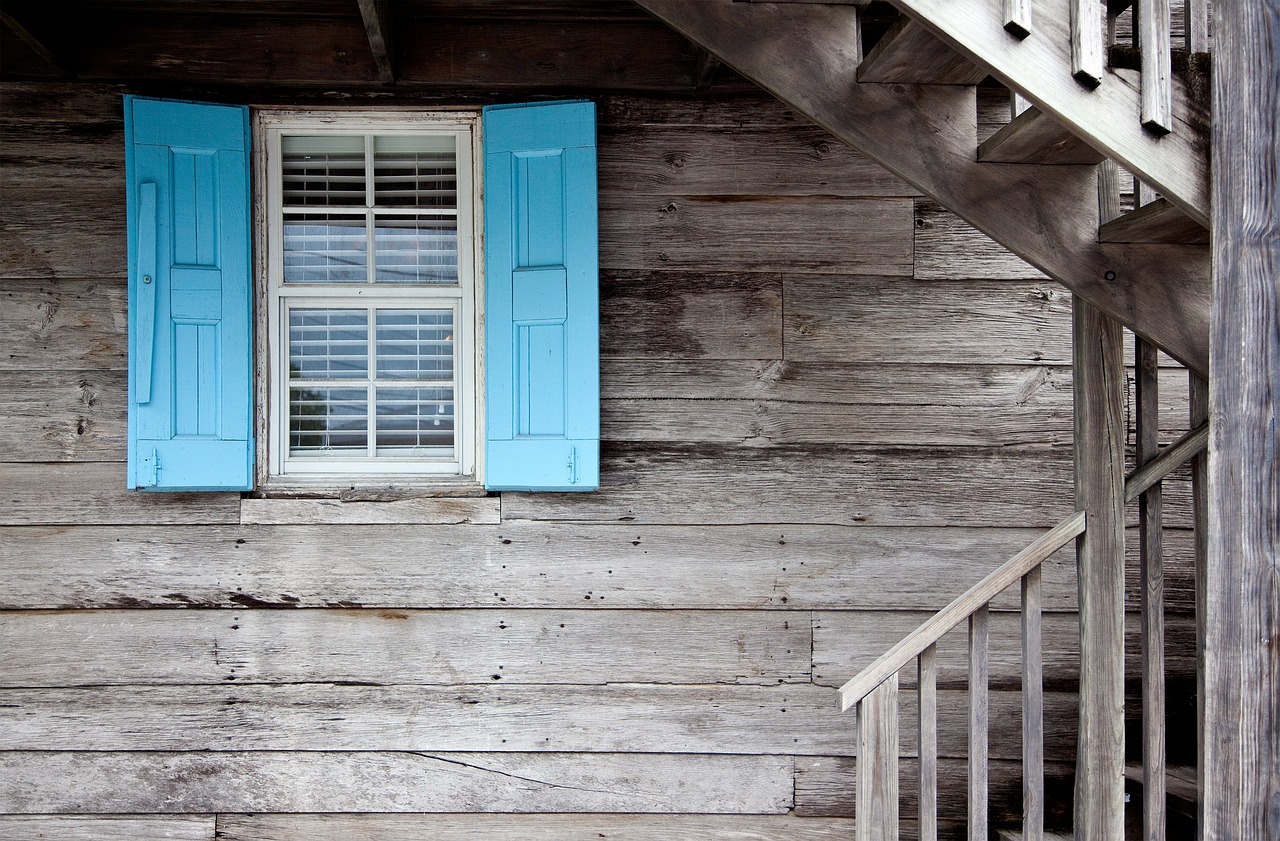
Essential Tools and Materials
Before diving into the exciting world of creating your very own wooden kitchen countertop, it's essential to gather all the necessary tools and materials. Think of this step as laying the foundation for a sturdy house; without the right tools, your dream countertop could turn into a nightmare. So, what do you need? Let’s break it down.
First off, you’ll need a good quality wood selection. Opt for hardwoods like oak, maple, or walnut, as they not only provide durability but also add a touch of elegance to your kitchen. When choosing wood, consider factors such as grain patterns and color, as these will affect the overall aesthetic of your countertop. Remember, a beautiful piece of wood is like a canvas; it sets the stage for your culinary masterpieces!
Next, let’s talk about tools. Here’s a quick rundown of what you’ll need:
- Table Saw: For making precise cuts.
- Miter Saw: Ideal for angled cuts.
- Drill: To create holes for screws and dowels.
- Orbital Sander: For achieving that smooth finish.
- Clamps: Essential for holding pieces together during assembly.
- Measuring Tape: Because, as they say, measure twice, cut once!
Now, let’s not forget about the materials! Aside from your chosen wood, you’ll also need:
- Wood Glue: For a strong bond between pieces.
- Screws or Dowels: Depending on your assembly technique.
- Wood Finish: This could be oil, varnish, or polyurethane to protect your countertop.
- Sandpaper: Various grits for smoothing surfaces.
Having these tools and materials ready will not only streamline your project but also make the entire process more enjoyable. Imagine the satisfaction of seeing your beautiful countertop come together, piece by piece! Just like assembling a puzzle, it requires the right pieces and a little patience.
Lastly, don’t forget about safety gear. A pair of safety goggles and a dust mask are your best friends when working with wood. Protecting your eyes and lungs is crucial to ensure you can enjoy your new countertop for years to come. After all, safety first, right?
With all the essentials at your fingertips, you’re now prepared to embark on this DIY adventure. Remember, every great project starts with a solid foundation, and that includes having the right tools and materials. So gather your gear, roll up your sleeves, and let’s get building!
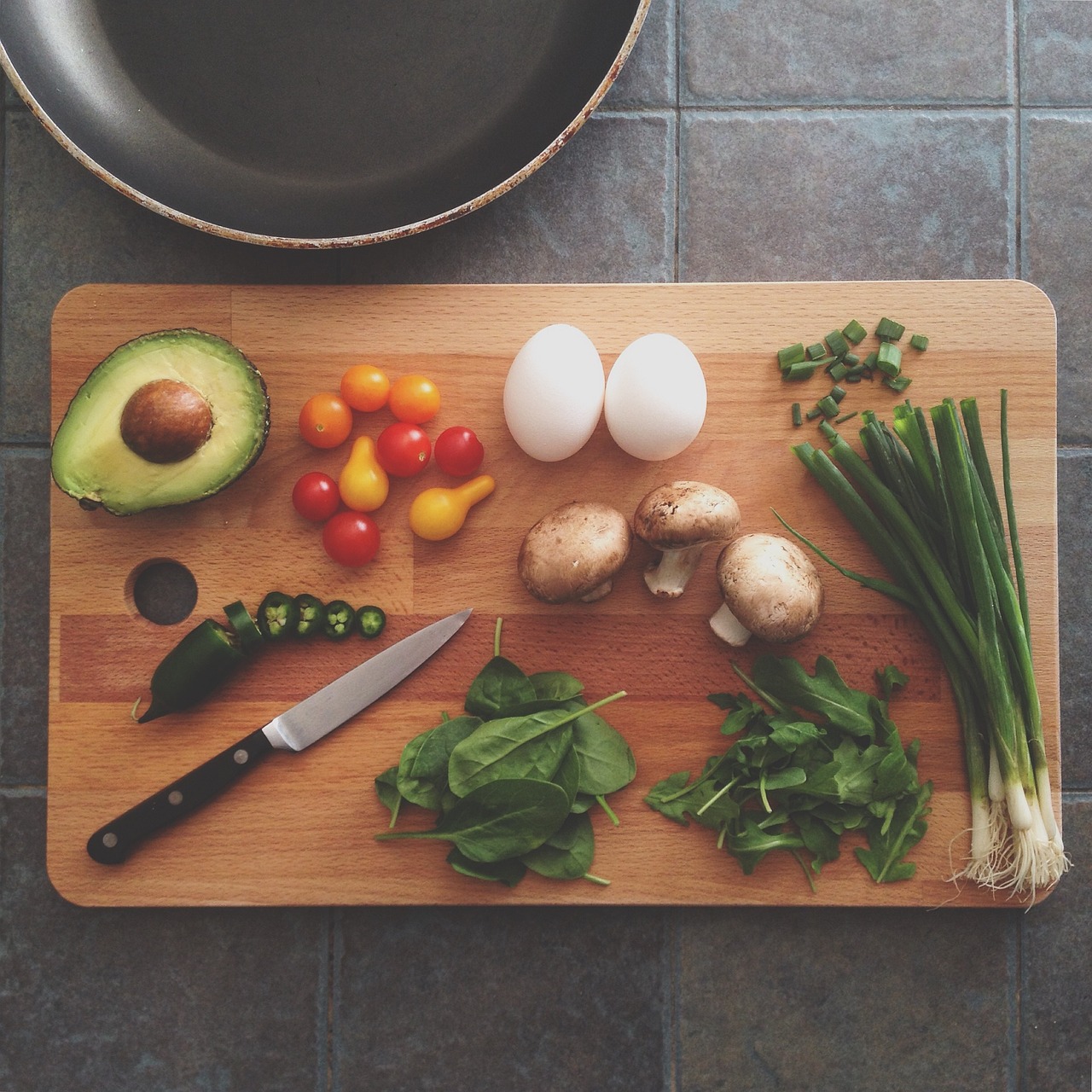
Measuring and Planning
When it comes to building a stunning wooden kitchen countertop, are the cornerstones of a successful project. Imagine trying to fit a square peg in a round hole; that’s what it feels like when your measurements are off. So, let’s dive into the nitty-gritty of how to get this right!
First off, grab a reliable tape measure and a notepad. You’ll want to measure the length and width of your existing countertop space. Don’t just eyeball it; precision is key! Measure in multiple spots, especially if your walls aren’t perfectly straight. Take note of any obstacles like sinks, stoves, or cabinets that might affect your countertop dimensions. A good rule of thumb is to measure at least twice to ensure accuracy.
Once you have your measurements, it’s time to create a detailed plan. This is where your creativity can shine! Sketch out your countertop design, including any overhangs or cutouts you may need for appliances. You can use graph paper or a digital design tool to help visualize your project. Make sure to include the following in your plan:
- Dimensions: Clearly mark the length, width, and depth.
- Cutouts: Indicate where sinks or cooktops will go.
- Overhangs: Decide how much overhang you want for seating areas.
Next, it’s crucial to draft a cutting list based on your measurements. This list will serve as your blueprint, ensuring you have all the pieces ready for assembly. Include the dimensions of each piece of wood you’ll need, along with the quantity. For instance, if you’re using planks, note how many you need for the main surface and any additional pieces for edges or support. Organizing this way will streamline your workflow and minimize waste.
Moreover, do not overlook the importance of safety measures during the measuring and planning stage. Always wear safety goggles when cutting wood, and ensure your workspace is clear of any hazards. Remember, a well-planned project not only looks good but is also safe!
In summary, measuring and planning might seem tedious, but they are essential steps that pave the way for a successful DIY countertop project. By taking your time to get the dimensions right and creating a thorough plan, you’ll be setting yourself up for a smooth and enjoyable building experience. So, roll up your sleeves, grab that tape measure, and let’s get to work!
Q: How do I know what type of wood is best for my countertop?
A: It depends on your style and needs! Hardwoods like maple or oak are durable and great for kitchen use, while softer woods like pine are easier to work with but may not last as long.
Q: Can I use reclaimed wood for my countertop?
A: Absolutely! Reclaimed wood can add character and charm, but make sure it’s properly treated to avoid any issues with pests or rot.
Q: What if my measurements are slightly off?
A: Small discrepancies can often be adjusted during the assembly process, but it's best to aim for accuracy from the beginning to avoid complications later.
Q: How long does it take to build a wooden countertop?
A: Depending on your experience and the complexity of the design, it can take anywhere from a few days to a week to complete your countertop.

Creating a Cutting List
When embarking on the journey of crafting your own wooden kitchen countertop, is an essential step that can make or break your project. Think of it as your roadmap; without it, you might find yourself lost amidst a sea of lumber and tools. A well-structured cutting list not only streamlines your workflow but also ensures that you have all the necessary pieces ready for assembly, saving you both time and frustration.
To create an effective cutting list, start by revisiting your measurements. Grab a notebook and jot down the dimensions of your countertop, including length, width, and any cutouts for sinks or appliances. This is where precision is key—measure twice to avoid any costly mistakes. Once you have your dimensions, break them down into individual pieces that will make up your countertop. For instance, if your countertop consists of several boards, note down the length and width of each board separately.
Here’s a simple example of how to format your cutting list:
| Piece | Length (inches) | Width (inches) | Quantity |
|---|---|---|---|
| Main Board | 72 | 25 | 1 |
| Side Panels | 25 | 3 | 2 |
| Back Panel | 72 | 3 | 1 |
As you draft your cutting list, consider including additional details such as the type of wood for each piece and any specific cuts required. This level of detail will not only aid you during the cutting phase but also help when you’re selecting your materials at the hardware store. Remember, the more organized you are at this stage, the smoother your project will progress.
Once your cutting list is complete, take a moment to review it. Is there anything you might have overlooked? Are there any adjustments needed based on your kitchen layout? This is also a great time to visualize how the pieces will fit together, ensuring that everything aligns with your initial design. By investing this time upfront, you’ll find that the actual assembly of your countertop becomes a much more enjoyable and less stressful task.
In conclusion, a cutting list is more than just a simple list; it's your blueprint for success. With a clear plan in hand, you’ll be well on your way to creating a stunning wooden kitchen countertop that not only enhances your kitchen's aesthetic but also stands the test of time.
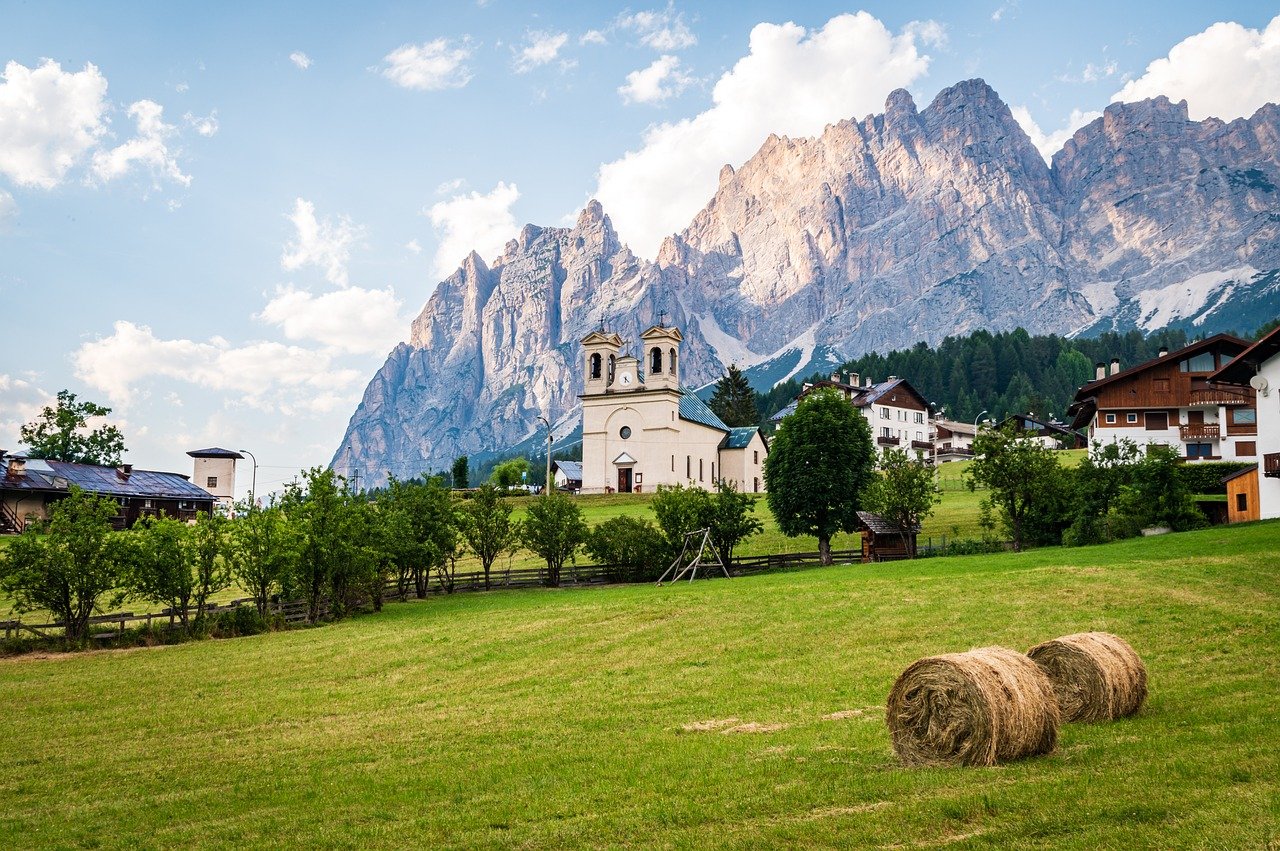
Safety Precautions
When embarking on the exciting journey of building your own wooden kitchen countertop, it's essential to prioritize safety. Just like wearing a seatbelt in a car, taking the right precautions can prevent accidents and ensure a smooth experience. First and foremost, always wear appropriate personal protective equipment (PPE). This includes safety goggles to protect your eyes from dust and debris, ear protection if you're using loud power tools, and a dust mask to avoid inhaling harmful particles. Think of your safety gear as your superhero outfit—essential for tackling the challenges ahead!
Additionally, make sure your workspace is well-ventilated. Working with wood and finishes can release fumes that are not only unpleasant but also hazardous. Open windows or use fans to keep the air circulating. It's like giving your workspace a breath of fresh air, ensuring you stay alert and healthy while you work.
Another crucial aspect of safety is keeping your workspace organized. A cluttered area can lead to accidents, so make it a habit to clean up as you go. Consider creating a designated area for tools and materials, reducing the risk of tripping or misplacing important equipment. Imagine a well-organized toolbox as your trusty sidekick, always ready to assist you without the chaos.
Before using any tools, familiarize yourself with their operation. Each tool has its quirks, and understanding them can prevent mishaps. If you’re unsure about a tool, don’t hesitate to look up tutorials or ask for help. Knowledge is power, and in this case, it’s your best defense against injury.
Lastly, always have a first aid kit handy. Accidents can happen, even to the most careful DIYers. Having a kit stocked with band-aids, antiseptic wipes, and other essentials can make all the difference in a minor mishap. Think of it as your safety net, ensuring that you’re prepared for anything that comes your way.
By following these safety precautions, you can focus on the fun and creativity of building your stunning wooden countertop without worrying about potential hazards. Remember, safety is not just a step in the process; it's a critical part of your DIY journey!
- What type of wood is best for kitchen countertops? - Hardwoods like maple, oak, and cherry are excellent choices due to their durability and aesthetic appeal.
- How do I maintain my wooden countertop? - Regularly clean it with a mild soap solution, and apply mineral oil or a dedicated wood conditioner every few months to keep it looking fresh.
- Can I use my countertop for cutting? - While it's possible, using a cutting board is recommended to prevent scratches and damage to the wood.
- What should I do if my countertop gets stained? - For minor stains, try using a mixture of baking soda and water to gently scrub the area. For tougher stains, sanding might be necessary.
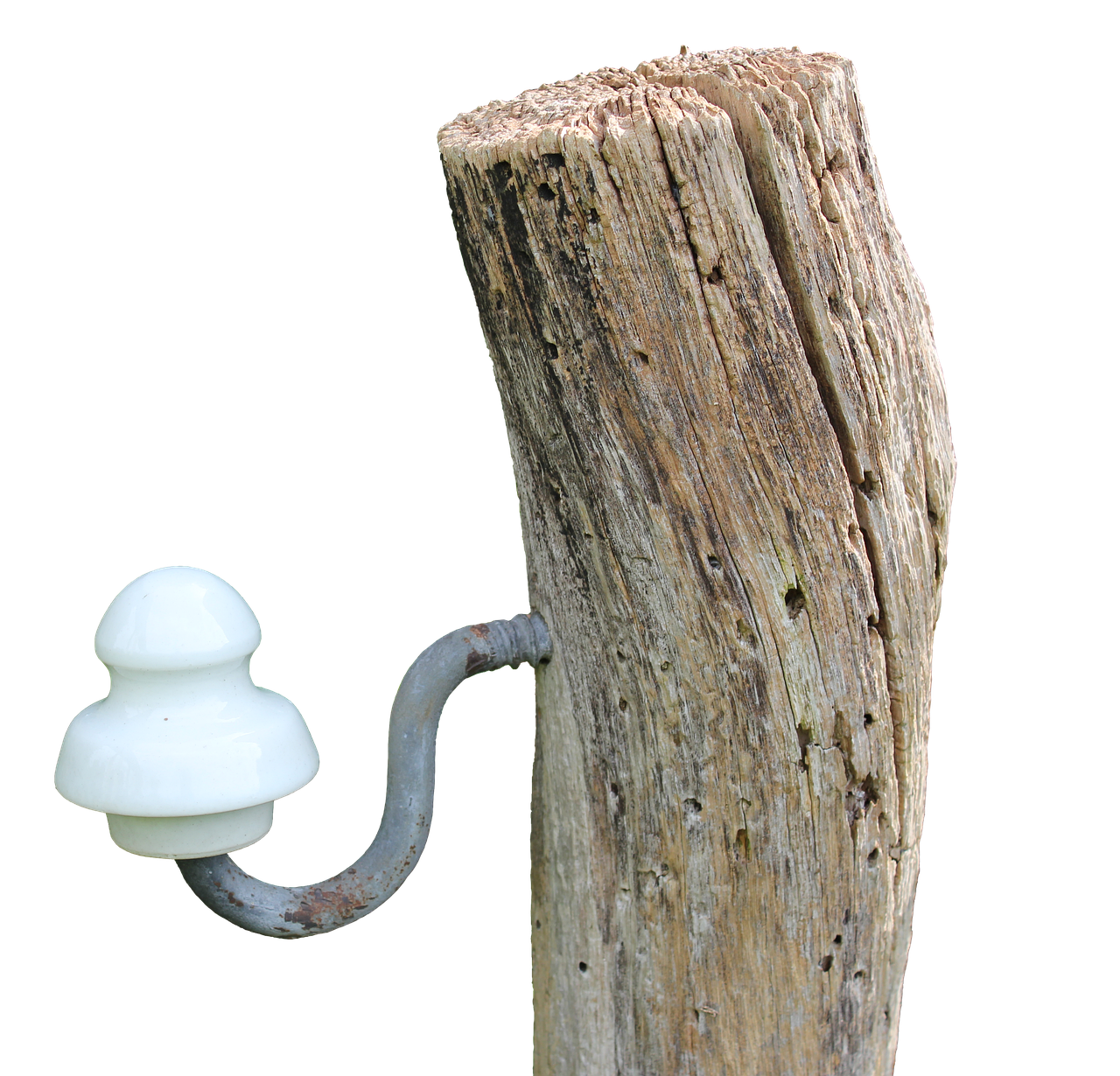
Assembly Techniques
As you embark on the exciting journey of assembling your wooden kitchen countertop, it’s essential to understand that this stage is not just about putting pieces together; it’s about crafting a masterpiece that reflects your style and stands the test of time. The assembly process involves several techniques that ensure your countertop is both stable and visually appealing. First, you'll want to consider the method of joining your wood pieces. There are various techniques, but the most popular ones include pocket hole joinery, dowel joinery, and biscuit joinery. Each method has its advantages, and your choice will depend on your skill level and the look you want to achieve.
For instance, pocket hole joinery is a fantastic option for beginners. It involves drilling angled holes in one piece of wood and then screwing it to another piece. This technique is not only easy to master but also provides a strong bond that can withstand the daily rigors of a kitchen. On the other hand, if you’re feeling a bit more adventurous and want to create a seamless appearance, biscuit joinery might be your best bet. This method involves cutting slots into the edges of the wood pieces and inserting a biscuit (a small, oval-shaped piece of wood) to strengthen the joint.
Another critical aspect of assembly is ensuring that your countertop is perfectly level. A wobbly surface can lead to frustration and can affect everything from food preparation to the overall aesthetic of your kitchen. To achieve this, use a level tool to check your work as you go along. If you find any discrepancies, shims can be your best friend. These small wedges can help you adjust the height of your countertop to ensure it sits flat and stable.
Here’s a quick overview of some assembly techniques you might consider:
| Technique | Description | Skill Level | Strength |
|---|---|---|---|
| Pocket Hole Joinery | Drilling angled holes for screws | Beginner | Very Strong |
| Biscuit Joinery | Using biscuits to join pieces | Intermediate | Strong |
| Dowel Joinery | Inserting wooden dowels for alignment | Advanced | Strong |
Once you've chosen your joinery technique, it’s time to focus on the overall assembly process. Start by laying out all your pieces on a flat surface, ensuring that you have everything you need within reach. This organization will save you time and prevent unnecessary trips back and forth. As you begin to attach the pieces, take your time. Rushing through this step can lead to mistakes that might haunt you later on.
Finally, always keep in mind the importance of clamps during assembly. They are your best allies in ensuring that the joints are tight and secure while the adhesive sets. Apply glue to the joints before clamping them together, and allow sufficient time for the glue to cure according to the manufacturer’s instructions. This patience will pay off, resulting in a sturdy and visually appealing countertop.
Q: What is the best wood for a kitchen countertop?
A: Hardwoods like maple, oak, and walnut are excellent choices due to their durability and aesthetic appeal.
Q: How do I maintain my wooden countertop?
A: Regular cleaning with mild soap and water, along with periodic oiling, will help maintain its beauty and longevity.
Q: Can I use a wooden countertop for food preparation?
A: Yes, wooden countertops are safe for food preparation, especially when properly sealed and maintained.
Q: What should I do if my countertop gets scratched?
A: Minor scratches can often be sanded out and refinished to restore the surface.

Finishing Touches
This article provides a comprehensive guide for creating a beautiful wooden kitchen countertop, covering essential materials, tools, and step-by-step instructions to achieve a professional finish at home.
Selecting the appropriate type of wood is crucial for durability and aesthetics. Explore the best wood options for kitchen countertops, including their characteristics and benefits.
Before starting your project, gather the necessary tools and materials. This section outlines everything you need, from saws to finishes, ensuring a smooth DIY experience.
Proper measurements and planning are vital for a successful countertop. Learn how to accurately measure your kitchen space and create a detailed plan for your countertop dimensions.
A cutting list helps streamline the process. Discover how to draft an effective cutting list based on your measurements, ensuring you have all pieces ready for assembly.
Safety should always be a priority in DIY projects. This section discusses essential safety measures to take while working with tools and materials.
Assembling your countertop requires careful techniques to ensure stability and aesthetics. Explore various methods for joining wood pieces together effectively.
The finishing process is where your wooden countertop truly transforms into a stunning centerpiece of your kitchen. It's not just about aesthetics; the right finish also enhances durability, making your countertop resistant to moisture, stains, and wear. Choosing the right finish can be overwhelming, but understanding your options can simplify the decision-making process.
There are several types of finishes you can consider:
- Oil Finishes: These penetrate the wood, providing a natural look and feel. They require regular reapplication but are easy to maintain.
- Polyurethane: This synthetic finish creates a hard, protective layer on the surface. It’s durable and comes in various sheens, from matte to high gloss.
- Varnish: Similar to polyurethane but offers a more traditional look. It’s also resistant to water and heat, making it a great choice for kitchens.
- Wax: A natural finish that gives a soft sheen. While it’s easy to apply, it may need frequent reapplication.
After selecting your finish, preparation is key. Start by sanding your countertop with progressively finer grits of sandpaper, moving from coarse to fine. This process not only smooths the surface but also opens up the wood grain, allowing for better absorption of the finish. Once sanded, ensure you clean the surface thoroughly to remove any dust particles. A tack cloth works wonders here!
When applying the finish, use a high-quality brush or a clean cloth, depending on the type of finish you’ve chosen. Apply it in thin, even coats, following the wood grain for the best results. It’s often recommended to apply at least two to three coats, allowing each coat to dry completely before applying the next. This builds up a strong protective layer that will keep your countertop looking fabulous for years to come.
Once the final coat is dry, consider applying a sealant for added protection. This is particularly important in a kitchen environment where spills and moisture are common. A good sealant will not only enhance the durability of the finish but also make cleaning a breeze.
Maintaining your wooden countertop is essential for its longevity. This section provides practical tips on cleaning and caring for your countertop to keep it looking stunning.
Avoiding pitfalls can save time and resources. Discover common mistakes DIYers make when building wooden countertops and how to steer clear of them for a successful project.
Q: How often should I reapply the finish on my wooden countertop?
A: It depends on the type of finish used and the amount of wear and tear. Generally, oil finishes may need reapplication every few months, while polyurethane can last several years.
Q: Can I use my countertop immediately after applying the finish?
A: It’s best to wait at least 24-48 hours before using the countertop to allow the finish to cure properly.
Q: What should I use to clean my wooden countertop?
A: A mild soap and warm water solution is ideal. Avoid harsh chemicals that can damage the finish.
Q: Is it possible to change the finish later on?
A: Yes, you can sand down the existing finish and apply a new one, but it requires careful preparation.

Maintenance Tips
Once you've crafted your stunning wooden kitchen countertop, the journey doesn't end there! In fact, maintaining its beauty and durability is just as important as the initial build. Think of your countertop as a prized possession that deserves regular care and attention. To keep it looking **brand new** and to extend its lifespan, here are some essential maintenance tips you should consider.
Firstly, always remember that prevention is better than cure. Regularly wipe down your countertop with a damp cloth after each use to remove food particles and spills. This simple act can prevent stains and bacteria buildup. For tougher stains, a mixture of mild soap and warm water will do wonders. Just make sure to avoid harsh chemicals or abrasive cleaners, as they can damage the wood's finish. Instead, think of your countertop as a delicate piece of art that requires gentle handling.
Another critical aspect of maintenance is **sealing**. Depending on the type of finish you used, your wooden countertop may need to be resealed periodically. A good rule of thumb is to check the finish every six months. If water beads on the surface, your seal is intact. If it soaks in, it’s time to apply a fresh coat of sealant. This not only protects against moisture but also enhances the wood's natural beauty. Consider using food-safe mineral oil or a specialized countertop oil to keep the wood nourished.
When it comes to cutting and chopping, always use a cutting board. While the allure of chopping directly on your countertop might be tempting, it can lead to scratches and dents over time. Think of your cutting board as a protective shield, keeping your countertop safe from everyday wear and tear. Additionally, avoid placing hot pots or pans directly on the surface. Instead, use trivets or hot pads to prevent heat damage. Your countertop deserves a little pampering, after all!
Lastly, be mindful of humidity levels in your kitchen. Wood is sensitive to changes in moisture, which can lead to warping or cracking. If you live in a particularly humid area, consider investing in a dehumidifier to maintain a stable environment. Remember, your kitchen is not just a place for cooking; it’s a sanctuary where you create memories. Keeping it in top shape means you can enjoy it for years to come.
In summary, maintaining your wooden countertop involves a combination of regular cleaning, sealing, protective measures, and environmental awareness. By following these tips, you can ensure that your countertop remains a stunning centerpiece in your kitchen, reflecting the effort and love you put into creating it.
- How often should I clean my wooden countertop? Regularly wipe it down after each use and deep clean it weekly.
- What type of oil should I use for sealing? Food-safe mineral oil is a popular choice for sealing wooden countertops.
- Can I use bleach to clean my countertop? No, avoid bleach and other harsh chemicals that can damage the wood finish.
- How do I know if my countertop needs resealing? If water soaks into the surface instead of beading, it’s time to reseal.
- Is it safe to cut directly on my wooden countertop? It’s best to use a cutting board to prevent scratches and damage.
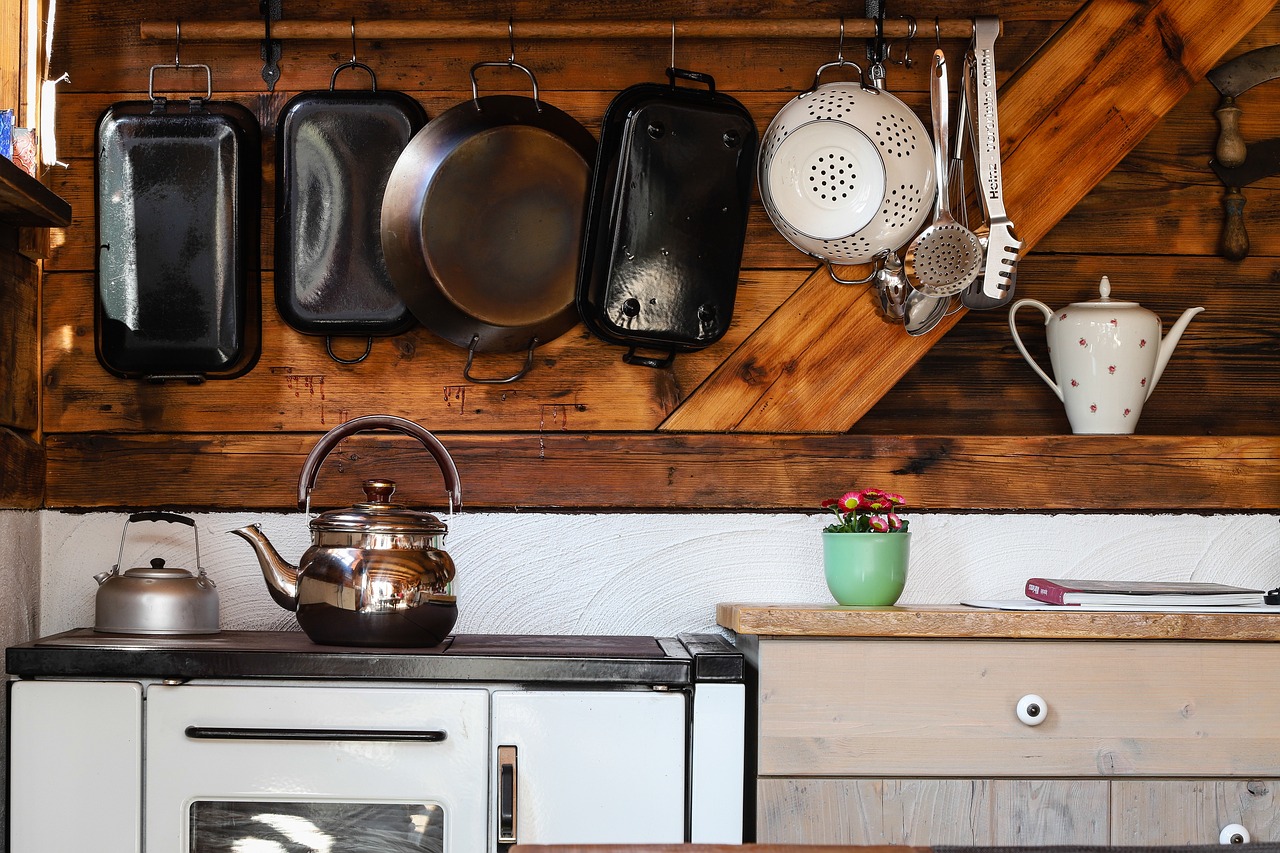
Common Mistakes to Avoid
When embarking on the journey of building your own wooden kitchen countertop, it's easy to get caught up in the excitement and overlook some critical details. Trust me, I’ve been there! One of the most common mistakes DIYers make is underestimating the importance of proper measurements. Imagine cutting your wood only to find out it doesn’t fit your space. It’s like baking a cake without measuring the ingredients—disaster! To avoid this, always double-check your measurements and consider creating a template out of cardboard. This will give you a clear visual of how your countertop will fit in the kitchen.
Another pitfall to watch out for is choosing the wrong type of wood. Not all woods are created equal, especially when it comes to kitchen countertops. Some woods, like pine, may look beautiful but are softer and can dent easily. Opting for hardwoods such as maple or oak not only enhances durability but also adds a touch of elegance to your kitchen. Remember, the wood you choose should withstand the daily wear and tear of a bustling kitchen environment.
Moreover, many DIYers neglect the importance of proper finishing techniques. Skipping this step can lead to a countertop that is not only unattractive but also prone to damage. A good finish protects the wood from moisture and stains, prolonging its life. Always apply multiple coats of a high-quality sealant, allowing adequate drying time in between. It’s like putting sunscreen on before heading out—essential for protection!
Additionally, don’t forget about the assembly process. Many people rush through this stage, leading to poorly joined pieces that can warp or come apart over time. Take your time and use the right techniques, such as biscuits or dowels, to ensure a strong bond. Think of it as building a bridge; you wouldn’t want it to collapse because of shoddy construction!
Lastly, a common mistake is neglecting maintenance. Just because you’ve built a stunning countertop doesn’t mean the work is done. Regular cleaning and occasional re-oiling are crucial to keep your countertop looking its best. Treat it like a beloved pet that needs care and attention. With the right love, your countertop will serve you well for years to come.
Q: What type of wood is best for a kitchen countertop?
A: Hardwoods like maple, oak, and walnut are excellent choices due to their durability and aesthetic appeal.
Q: How do I ensure my countertop is waterproof?
A: Use a high-quality sealant and apply multiple coats, ensuring you allow sufficient drying time between applications.
Q: Can I use my countertop for cutting?
A: While wooden countertops can be used for cutting, it's advisable to use a cutting board to prevent scratches and damage.
Q: How often should I maintain my wooden countertop?
A: Regular cleaning is essential, and re-oiling should be done every few months or as needed to keep the wood nourished.
Frequently Asked Questions
- What type of wood is best for a kitchen countertop?
When it comes to choosing wood for your kitchen countertop, hardwoods like maple, oak, and walnut are excellent options. They are not only durable but also offer beautiful grain patterns that can enhance the aesthetics of your kitchen. Each type of wood has its unique characteristics; for instance, maple is known for its light color and smooth texture, while walnut boasts a rich, dark hue.
- What tools do I need to build a wooden countertop?
To create a stunning wooden countertop, you'll need a variety of tools including a table saw, miter saw, router, and sander. Don't forget safety gear like goggles and gloves! Having the right tools not only makes the process easier but also ensures a professional finish.
- How do I measure my kitchen space accurately?
Accurate measurements are key to a successful project. Start by measuring the length and width of your existing countertop or the area where you plan to install the new one. Use a tape measure and double-check your measurements to avoid any costly mistakes. Creating a detailed plan will help you visualize the final look and make the cutting process smoother.
- What safety precautions should I take while working?
Safety should always come first! Make sure to wear protective goggles and gloves while using power tools. Keep your workspace clean and organized to prevent accidents, and never rush through the process. Taking time to follow safety protocols will ensure a smooth and injury-free DIY experience.
- How do I finish my wooden countertop?
Finishing your countertop is crucial for both aesthetics and durability. You can choose from various options like oil finishes, varnishes, or polyurethane. Each finish has its benefits; for example, oil finishes enhance the natural beauty of the wood while providing a waterproof barrier. Make sure to apply multiple coats for the best protection!
- What maintenance does a wooden countertop require?
To keep your wooden countertop looking great, regular maintenance is essential. Wipe it down with a damp cloth after use, and avoid soaking it in water. You can also apply mineral oil every few months to keep the wood hydrated and prevent cracking. Remember, a little care goes a long way in preserving its beauty!
- What are some common mistakes to avoid?
Common mistakes include not measuring accurately, using the wrong type of wood, or skipping the finishing process. Always take your time to plan and execute each step carefully. Learning from others' mistakes can save you time, money, and frustration, ensuring your project is a success!











